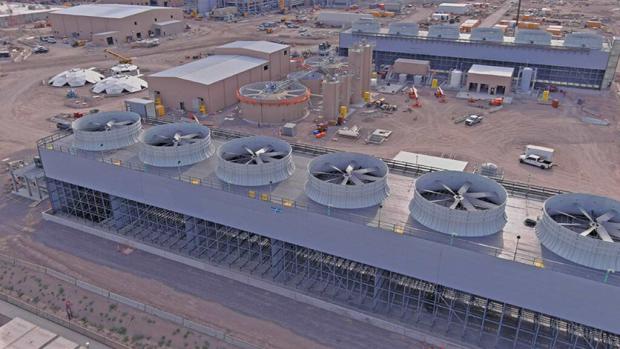
Breaking News
 THEY'LL DO WHATEVER IT TAKES TO ENSURE THIS STAYS HIDDEN
THEY'LL DO WHATEVER IT TAKES TO ENSURE THIS STAYS HIDDEN
 REPORT: This guy is still secretly running key parts of the CIA…
REPORT: This guy is still secretly running key parts of the CIA…
 Historic Aviation Engine Advance to Unlock Hypersonic Mach 10 Planes
Historic Aviation Engine Advance to Unlock Hypersonic Mach 10 Planes
 OpenAI CEO Sam Altman Pitches Eyeball-Scanning World ID to Bankers
OpenAI CEO Sam Altman Pitches Eyeball-Scanning World ID to Bankers
Top Tech News
 "No CGI, No AI, Pure Engineering": Watch Raw Footage Of 'Star Wars'-Style Speeder
"No CGI, No AI, Pure Engineering": Watch Raw Footage Of 'Star Wars'-Style Speeder
 NASA's X-59 'quiet' supersonic jet rolls out for its 1st test drive (video)
NASA's X-59 'quiet' supersonic jet rolls out for its 1st test drive (video)
 Hypersonic SABRE engine reignited in Invictus Mach 5 spaceplane
Hypersonic SABRE engine reignited in Invictus Mach 5 spaceplane
 "World's most power dense" electric motor obliterates the field
"World's most power dense" electric motor obliterates the field
 The Wearables Trap: How the Government Plans to Monitor, Score, and Control You
The Wearables Trap: How the Government Plans to Monitor, Score, and Control You
 The Streetwing: a flying car for true adventure seekers
The Streetwing: a flying car for true adventure seekers
Magic mushrooms may hold the secret to longevity: Psilocybin extends lifespan by 57%...
 Unitree G1 vs Boston Dynamics Atlas vs Optimus Gen 2 Robot– Who Wins?
Unitree G1 vs Boston Dynamics Atlas vs Optimus Gen 2 Robot– Who Wins?
 LFP Battery Fire Safety: What You NEED to Know
LFP Battery Fire Safety: What You NEED to Know
 Final Summer Solar Panel Test: Bifacial Optimization. Save Money w/ These Results!
Final Summer Solar Panel Test: Bifacial Optimization. Save Money w/ These Results!
Hydrogen Gas Blend Will Reduce Power Plant's Emissions by 75% - as it Helps Power 6 States

A rare geologic feature underneath the plant will allow them to store the gas in copious amounts, making it the perfect place for that transformation to bear fruit.
For four decades, the Intermountain Power Project (IPP) has kept the lights on for hundreds of thousands of Americans in six states. But with an eye on an energy transition to reduce carbon emissions, its contracts for supplying electricity will very soon come to an end.
In 2015, the Intermountain Power Agency (IPA), a union of 23 municipalities that together own both the plant and its grid connection assets, began examining whether or not it would be feasible to replace the coal burners with Mitsubishi gas turbines which could run on a blend of natural gas and hydrogen gas.



